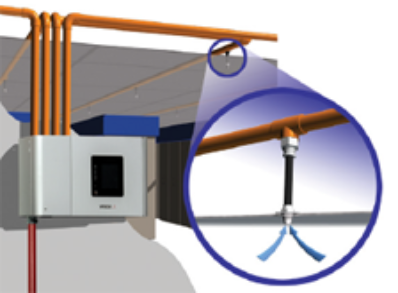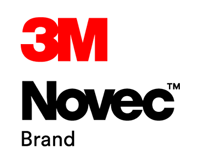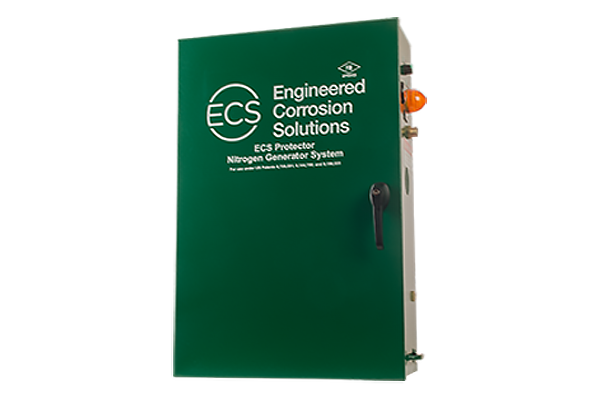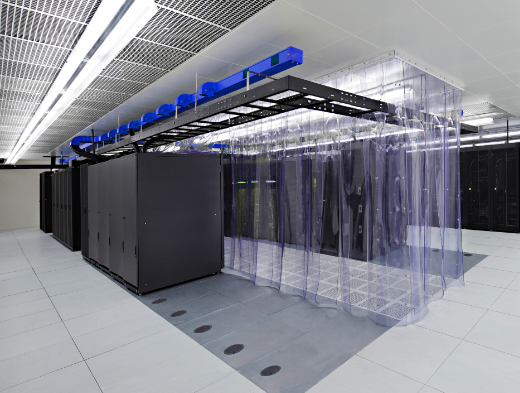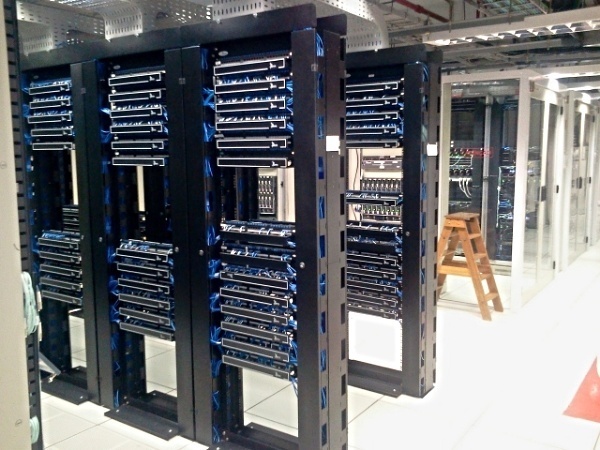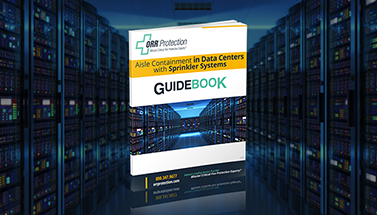- A fan consistently draws air from the protected area through the detection chamber.
- Once inside, the photo collector measures reflected light from the particles as they pass through the laser beam.
- The collector counts the number of discrete particles to determine the level of smoke concentration. A particle size discriminator prevents large particles (like dust) from contributing to the smoke concentration.
- Unlike other types of high-sensitivity smoke detection systems, particle concentration is absolutely critical.
- Because they detect both the number and size of particles, they can actually distinguish particles of combustion from dust and other airborne contaminants that routinely trigger nuisance alarms in traditional spot detectors.
Jim O'Connell, Director of Business Development of ORR Protection sits down with Lee Kaiser to talk about high-tech fire protection systems in industries like telecommunications, his journey at ORR, and the future of mission-critical fire protection.





